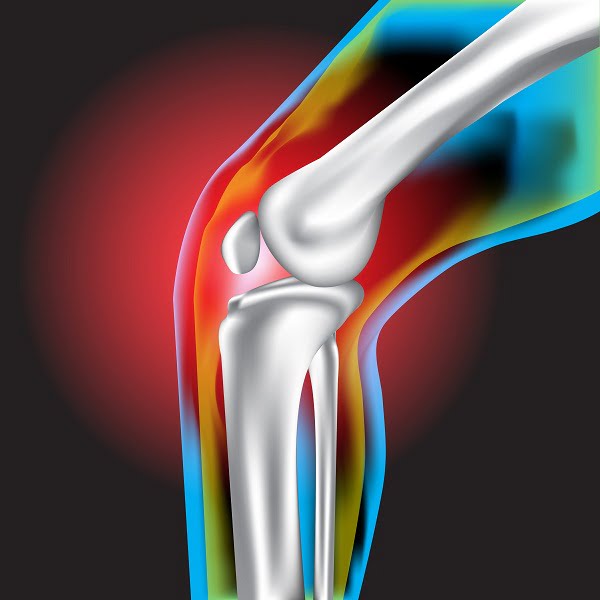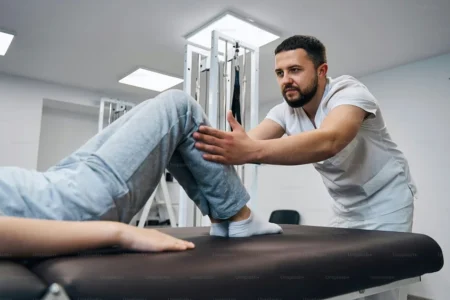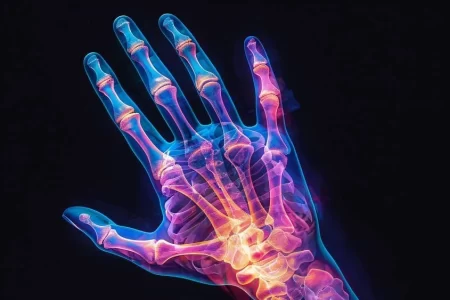Our bones
Cartilage is a firm, smooth, and elastic, rubber like pad that covers the ends of bones and protects them from any form of injury. It is the structural component of many body organs such as rib cage, ear, nose etc.
Cartilage acts as a cushion that avoids the friction at the joints between two bones. It provides a smooth and gliding surface for the joints to move effectively. Any damage in the cartilage results in pain, swelling in joints and difficulty in moving.
Defining osteoarthritis
Arthritis is an inflammation of the joints. There are various types of arthritis, osteoarthritis being the most common form.
Osteoarthritis is the skeletal complication in which the breakdown of cartilage in a joint occurs. Although, it can occur anywhere in the body, the most common sites of osteoarthritis are hips, knees, elbows and spine. It can also occur in fingers, neck and toes. This condition results in severe pain, swelling and difficulty in any joint movement.

Osteoporosis is abbreviated as OA and commonly known as degenerative joint disease or degenerative arthritis. People also call it as wear and tear arthritis.
In osteoarthritis, the cartilage in the joints becomes stiff and non-elastic. This makes them more prone to damage. As the time progresses, cartilage start to wear and tear away in some parts of the joints, thereby, decreasing the efficiency of joint mobility. Patients suffer from extreme pain.
Difference between osteoarthritis and rheumatoid arthritis
People usually misunderstand osteoarthritis and rheumatoid arthritis. Osteoarthritis is a non systemic disease that affects the joints by damaging the cartilage whereas rheumatoid arthritis is a non systemic, auto immune disease that affects any joint of the body by damaging the joint lining tissue called synovium.
Rheumatoid arthritis usually develops at younger age as compared to osteoarthritis and causes redness and swelling in joints, makes people sick and tired easily.
One important difference between them is that in rheumatoid arthritis, the movement of joints is symmetrical which means that if one joint is affected, the same joint on the other side is also affected. For example, if one knee joint has rheumatoid arthritis then the other knee joint will also have it. However, it is not so in case of osteoarthritis. A single joint can be affected without affecting the other joint if you have osteoarthritis.
Who is more prone to osteoarthritis?
Osteoarthritis is the most common type of arthritis and can occur in all ages and in both sexes equally. There are high chances that osteoarthritis increases with increasing age. Mostly it occurs in people who are above 40 but it can also occur in younger generation as a result of accident or any other reason.
What is the outlook of osteoarthritis?
It is very difficult to predict the progression of osteoarthritis because it affects different people in different ways. Normally, it develops slowly making some changes in various parts of the joints but sometimes it can develop very quickly within a year, causing a lot of damage to the joints, leading to disability or deformity.
Osteoarthritis does not spread in the body and is a localized disease.
Fast facts about osteoarthritis
- According to the National Institute of Health and Centers for Disease Control and Prevention, chances of people suffering from knee osteoarthritis is 46% and from osteoarthritis of hip is 25%
- Osteoarthritis is the most common type of arthritis and affects around 31 million Americans
- Symptoms of osteoarthritis greatly differ from patient to patient
- The most important treatment of osteoarthritis is regular exercise. It helps in reducing pain and improving joint functions
- Till now, there is no such treatment available that can reverse osteoarthritis and its complications






